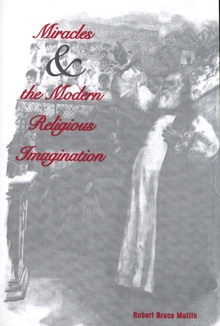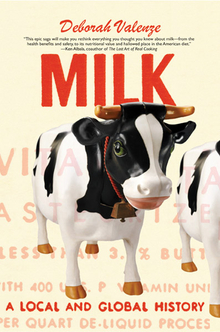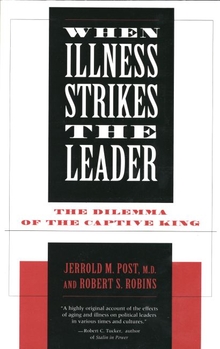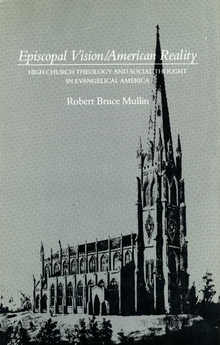Miracles and the Modern Religious Imagination
WARNING
You are viewing an older version of the Yalebooks website. Please visit out new website with more updated information and a better user experience: https://www.yalebooks.com
Robert Bruce Mullin
Before the mid-1800s, the author contends, Catholics had defended post-Biblical miracles, while Protestants insisted true miracles were limited to the Biblical era. By the end of the nineteenth century, however, the Protestant position had largely collapsed, and two opposing views emerged in its wake. Some Protestants wished to jettison all miracles—even those recorded in the Bible. Others took a new interest in modern miracles, believing that the presence of miracles could help ground contemporary religious faith. This transformation in attitudes toward miracles not only changed the Anglo-American religious landscape and created a new focus of debate, Mullin says, it also opened up a new basis for accord between Protestants and Catholics.
"In this exciting and important study of the Anglo-American religious world in the nineteenth and early twentieth centuries, Robert Bruce Mullin examines debates about miracles, faith healing, and the relationship of the supernatural to the natural during a critical period of intellectual transition. . . . Thanks to his extensive research and the graceful presentation to it in Miracles and the Religious Imagination, Robert Bruce Mullin has made a major contribution not only to historical scholarship, but also to an informed understanding of present-day conflicts in the Episcopal Church."—Gardiner H. Shattuck, Jr., Anglican Theological Review
"Mullin's scholarly but accessible book deals mainly with the debate over miracles that took place among middle class, literate Protestants in Britain and America between the years 1850 and 1930. . . . To all the characters mentioned [in the book]—and to many others besides—he has done a great service in recreating the world of ideas that was theirs and, to a large extent, ours too."—Michael Duggan, Catholic Herald
"This is an extremely important and well-written study, and contributes in significant ways to reshaping the discussion of religion in the North Atlantic world in the Gilded Age."—Mark S. Massa, Catholic Historical Review
"A noteworthy contribution to intellectual, theological, and ecclesiastical history, this study chronicles and interprets the contours of debate over miracles (and especially spiritual healing) in the Anglo-American Christian traditions. . . . Highly recommended."—Choice
"In this thoughtful, wide-ranging study, Robert Bruce Mullin examines the changing fate of belief in the miraculous. . . . A well-crafted study that no serious student of the age or the issue should fail to engage."—Daniel L. Pals, Church History
"No one interested in the topic could fail to learn a great deal from this valuable book, which is engagingly and entertainingly written. It is a work of thorough research and sharp critical insights."—Robert Burns, Expository Times
"Mullin's work is remarkably intelligent. . . . [An] excellent book."—Andrew Greeley, History of Religions
"Mullin has managed to spin an impressively thorough account of his subject in such a way that breathes new life into familiar ideas, figures, and developments (while introducing not a few unfamiliar ones) and freshly illumines their ongoing importance in twentieth-century versions of the miracle debate."—R. Marie Griffith, Journal of the American Academy of Religion
"Splendid book. Splendid idea. Splendid execution. A delight to read. [Mullin] pulls at a central thread and recreates an entire fabric. [He] demonstrates admirably that a feature of popular religion (miracles) yields weighty—and fascinating—intellectual history."—Kenneth L. Woodward, Newsweek
"Fascinating. . . . [An] in-depth study of how the notion of the miraculous has evolved in the modern age."—Publishers Weekly
"How and why the notion of a limited age of miracles lost its commanding place in religious discourse is one of the main themes of Mullin's superbly researched and finely nuanced study. . . . An innovative intellectual history of high caliber."—James H. Moorhead, Theology Today
"This is an important book on a fascinating, important topic—remarkably objective, well-researched, and well-written."—Jon Butler, Yale University
Publication Date: September 10, 1996









